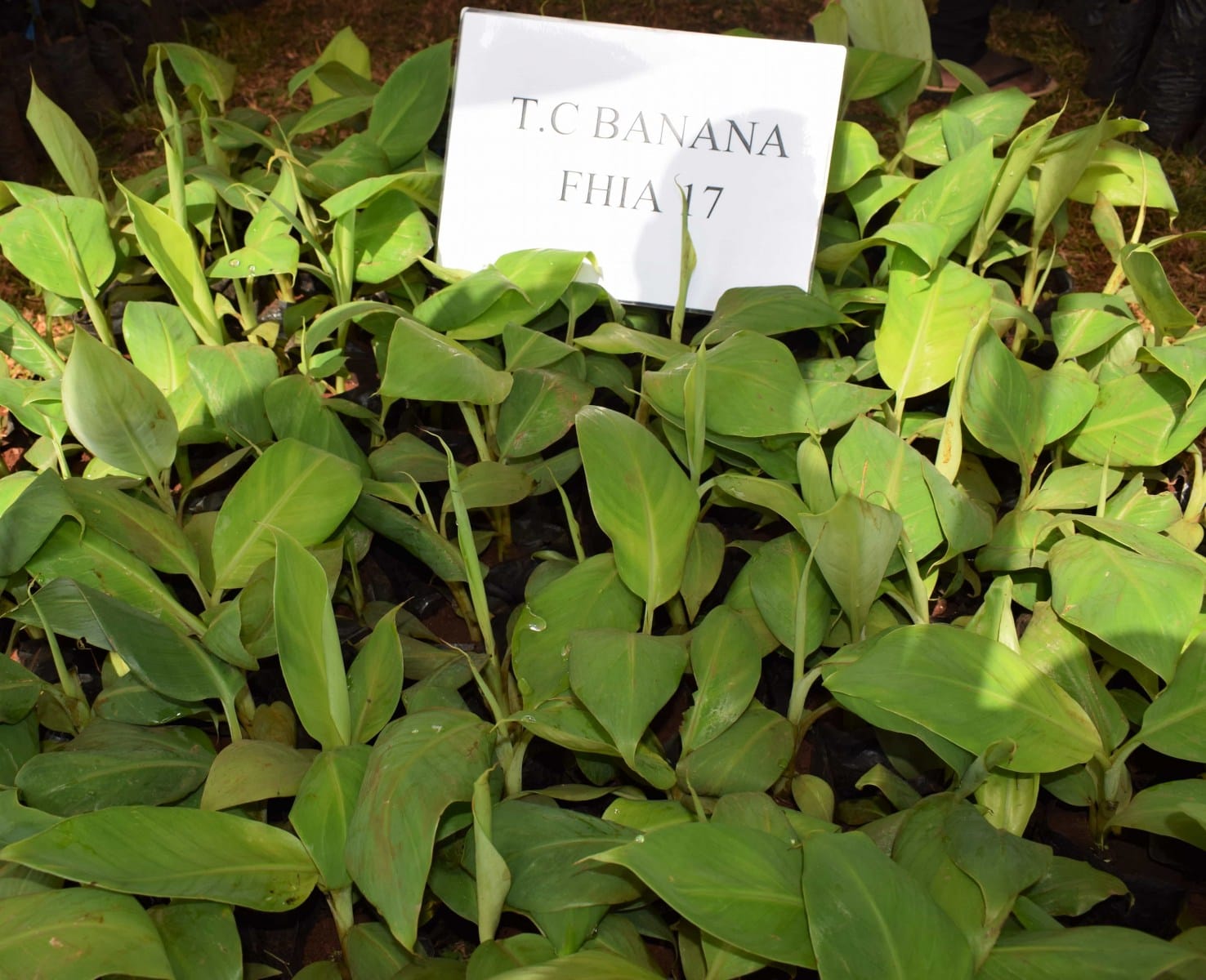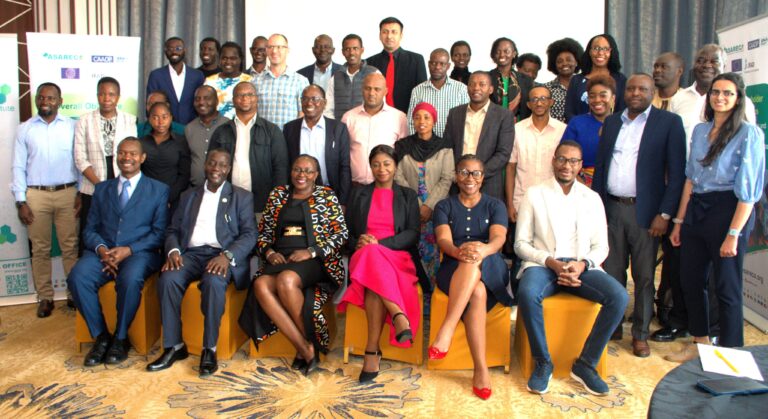By Kimuri Mwangi
Banana is one of the crops critical to food security in the East African Community (EAC) region with Uganda and Tanzania being the leading producers. It is a priority crop as a source of food and income for many households. East Africa is a secondary center of banana diversity thus important in the conservation of global germplasm.
Banana is also one of the world’s traded fruits with Uganda and Tanzania being the leading producers and exporters in the EAC region with a combined annual output of 20.4 million tonnes but only 30% is traded.
However, the production of the crop is constrained by both abiotic and biotic challenges. Key among the biotic challenges are pests and diseases such as: Banana bacterial wilt, Black and yellow sigatoka, Weevils and Nematodes.
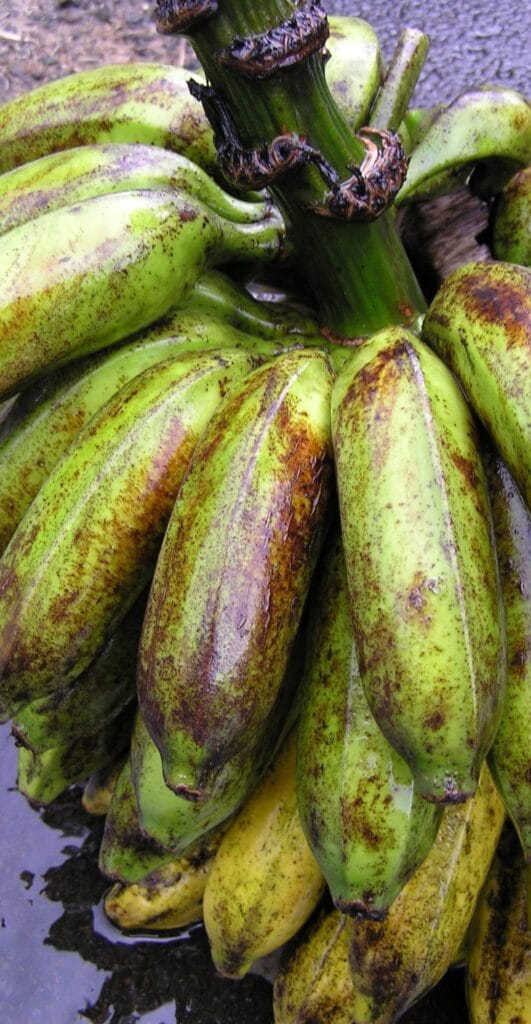
Recently, banana production in the region has suffered significant setbacks due to emergence of new threats such as the Banana Bunchy Top Virus disease, Banana Rust thrip, and Fusarium wilt (Tropical Race 4). In addition, the resurgence of Banana Xanthomonas wilt has been reported in some East African countries such as Uganda.
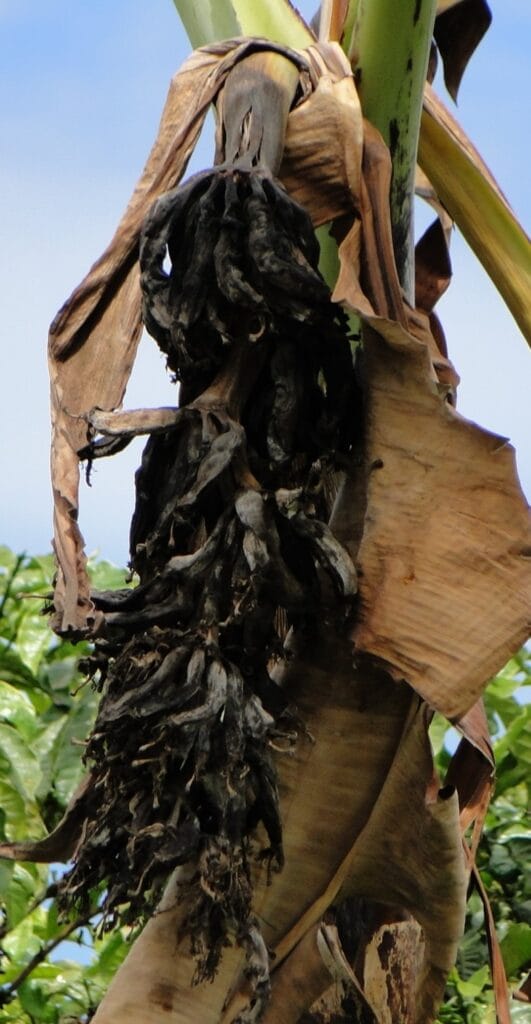
The Association for Strengthening Agricultural Research in Eastern and Central Africa (ASARECA) is implementing a project titled: Comprehensive Africa Agriculture Development Programme ex-pillar IV (CAADP-XP4). Under Output 1 of the CAADP-XP4 project, ASARECA organized a regional capacity building workshop that brought together experts from within East African community including EAC Technical Working Group for banana, Ministry of Agriculture officials, Researchers and Plant Inspectors from National Agricultural Research Institutions (NARIs) and Participants from National Plant Protection Organizations. The workshop drew participants from the 8 EAC countries of Burundi, DRC, Kenya, Rwanda, Uganda, South Sudan, Somalia and Tanzania and was held in Nairobi from 16th to 20th December 2024.
The overall objective of the workshop was to build capacity of stakeholders in preparedness and response to new and emerging pest threats of banana in the EAC.
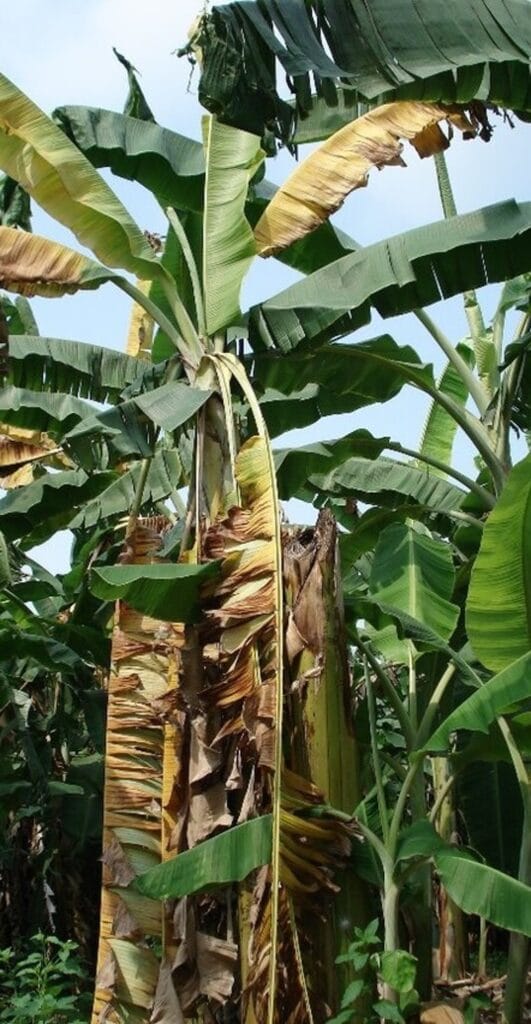
Specific objectives included to appraise and review stakeholder responses and strategies to new and emerging pests and disease challenges of Banana (BBTV, BXW, Banana Rust Thrip), to develop country Response plans to Emerging Pest threats (BBTV, TR4 and Rust thrip), disseminate EAC Pest Risk Analysis Report for Trade in Bananas, to show case best practices, innovations, and success stories for preparedness and response to new and emerging banana pest threats and enhance collaboration and coordination among actors in the banana value chain.
The Interim Executive Director of ASARECA, Dr Sylvester Baguma emphasized on the importance of regional cooperation and collaboration to address the challenges facing the banana industry. He added that the East African Community has a unique opportunity to leverage its collective strengths and expertise to develop a comprehensive and coordinated approach to managing emerging pest threats.
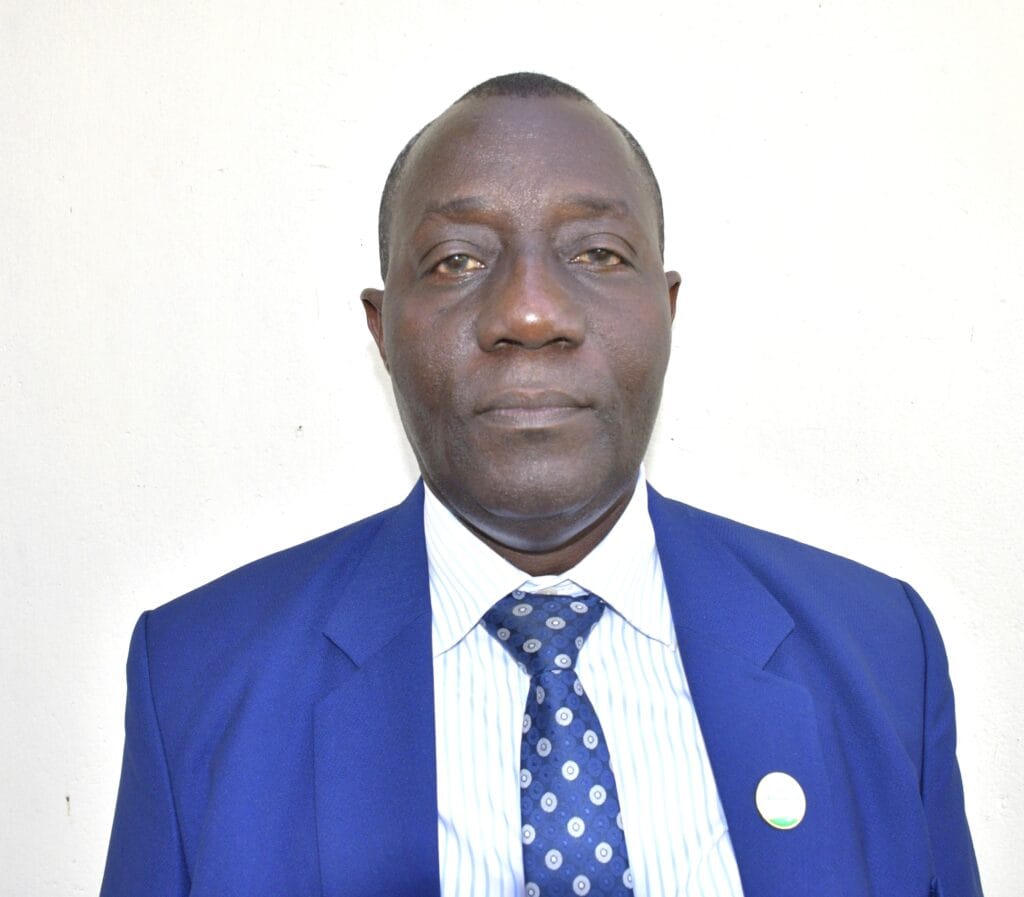
“As we gather here today, we recognize that the threat of emerging pests is not limited to individual countries or farms. Rather, it requires a collective and coordinated response at the regional level. This workshop is a critical step towards building the capacity of the East African Community to prepare for and respond to these emerging threats. We have brought together experts from the eight East African Countries that is, Burundi, Kenya, Uganda, Tanzania, Democratic Republic of Congo, Rwanda, Somalia and South Sudan, to share their knowledge, experiences, and best practices in managing banana pests and diseases. We will explore topics such as Status of Pest and diseases of Bananas in EAC, Recent Advances in Management of banana pests and diseases, interventions towards containment of banana pests and diseases, Country specific Action Plans for Management and we have field experience to learn from KEPHIS.” opined Dr Baguma.
Dr. Zachary Kinyua, the Assistant Director, Crop Health Research at the Kenya Agricultural and Livestock Research Organization (KALRO) giving the opening remarks on behalf the Director General, Dr. Eliud K. Kireger, said that timely action among the EAC partner countries would help in avoiding excessive use of pest management resources, some of which would be undesirable from an environment protection perspective.
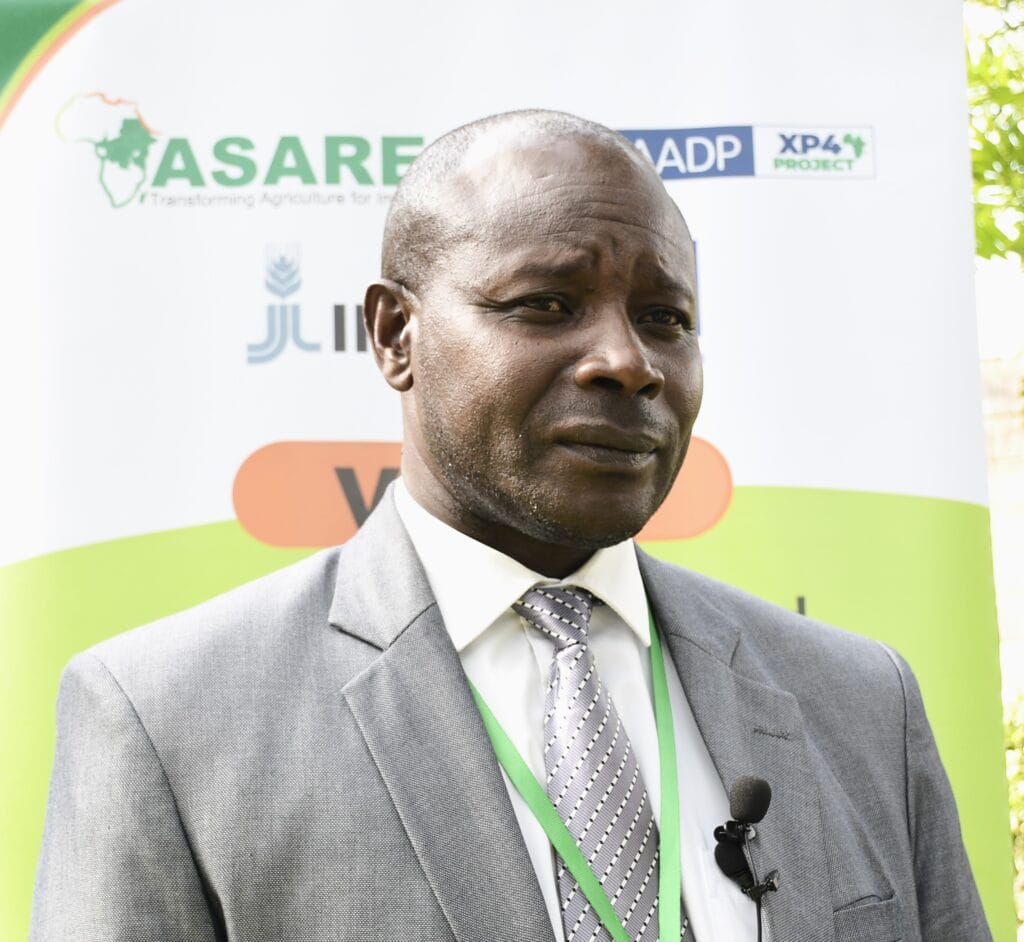
“These countries work together to promote regional integration and cooperation in various sectors, including trade, infrastructure, agriculture, education, and security, with very good intentions in principle. However, some of the activities, which involve movement of people and goods, can easily bring hiccups in the agricultural sector with regard to introduction and spread of pests. This necessitates concerted efforts as is the thrust of the current workshop. Movement of commodities that are infested easilyintroduces pests and leads to eventual spread and establishment in agricultural environments. The movement may be through trade and other human activities. Pests may also be introduced through their natural mechanisms such as flying or through wind. Once introduced, a pest can reach epidemic proportions and cause significant losses to crop, pastures and forests. Therefore, prevention of introduction and rapid action against a pest once detected is essential in protecting the livelihoods of vulnerable farmers and ensuring food and nutrition security in a country or a region,” opined Kinyua.
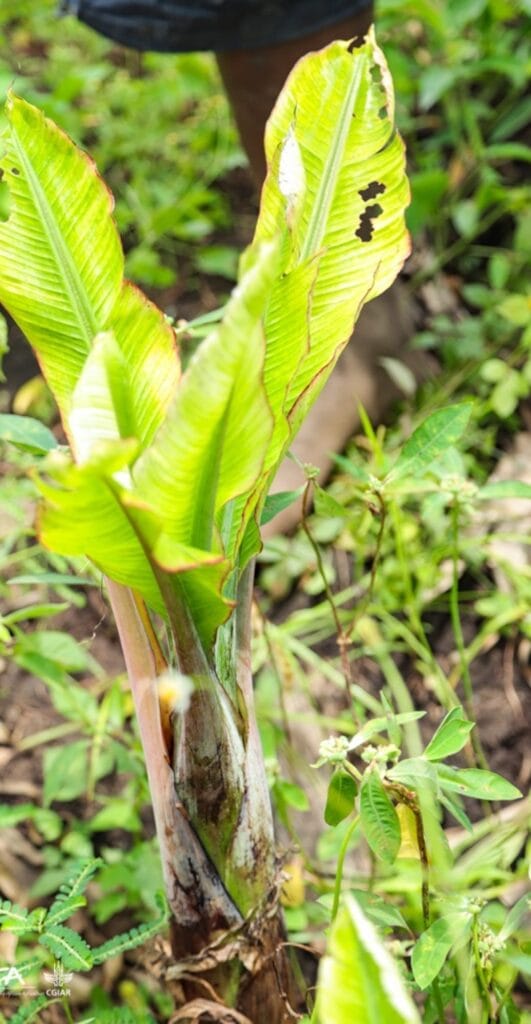
Kinyua added that since the aforementioned pests and diseases reduce yields and have long-lasting impacts on food security, livelihoods, and the sustainability of banana value chain, overcoming the complex challenge associated with their occurrence and spread is not optional. “Our task here is to share knowledge, exchange ideas, and collaborate on solutions that will help us to manage and mitigate the threats posed by banana pests and diseases in the region. This is a crucial opportunity for us to learn from each other, tap into the expertise available, and build a shared vision for a healthier, more resilient banana industry.”


